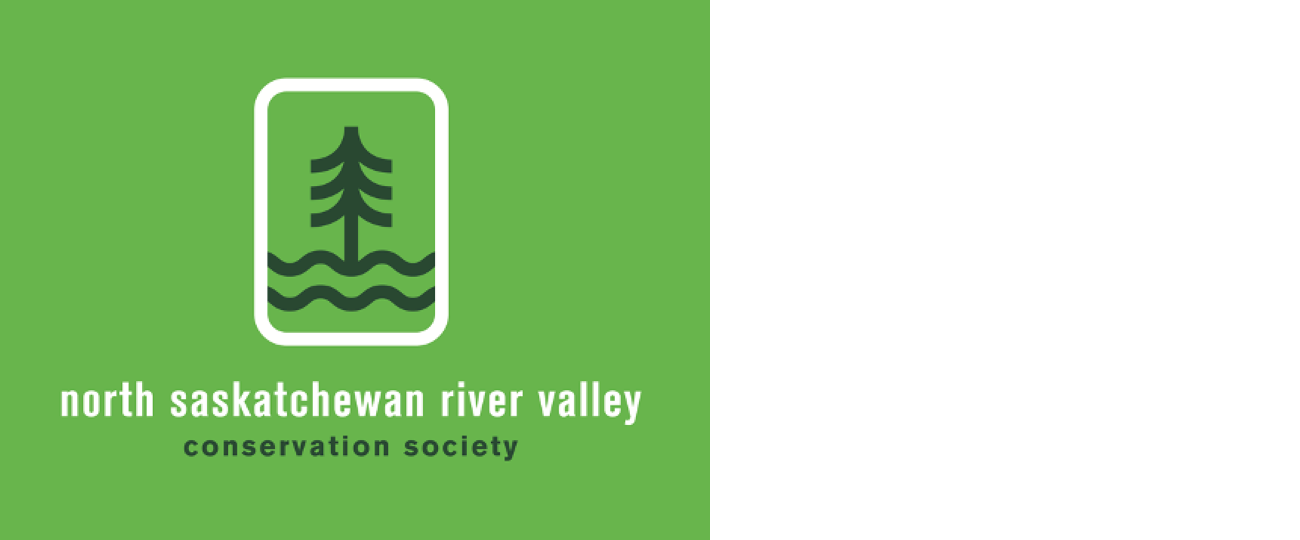Project adds hundreds of kilometres of Edmonton bike paths to Google Street View
With the help of funding from a Community-Based Budgeting Project created by two city councillors, Eugene Chen has added more than 500 kilometres of bike paths to Google Street View. Now he is hoping to keep the project going by enlisting the help of community groups and volunteers.
Chen received $2,000 from the budgeting project, created by Coun. Keren Tang of Karhiio and Coun. Andrew Knack of Nakota Isga, to take the photos and videos needed to add community bike paths in those wards in Google Street View. The funding helped cover the cost of the camera, but with the price of the equipment and additional expenses, he needed closer to $3,500, kicking in the balance himself to get the project off the ground.
“I’ve had the idea for a few years now but going out and spending even a grand on something that may or may not work is significant, and when I received approval of the grant, knowing that someone else in the community liked my idea and was willing to take a risk on me ... gave me enough confidence and reason to give it a really strong shot,” Chen told Taproot. “Because of the grant, I was willing to take the further risk of extra costs over the current funding.”
With the trails in Nakota Isga and Karhiio completed and already getting over a million views, Chen has plans to keep the project going. Knowing how much time it would take one person to cover the thousands of remaining bike path kilometres, he is looking for ways to involve other people in the project. Read more at https://edmonton.taproot.news/tags/maps
Grierson Hill site of major slides in 1901 and 1915
Massive slope failure at Grierson Hill damaged seven buildings in 1901, nine buildings in 1915, and caused major fracturing at the crest. Today the slide area is kept as parkland and a large wall of boulders, known as riprap, lies at the base of Louise McKinney Park to stop the undercutting action of the North Saskatchewan river.
Natural factors contributed to the severity of slides at this site and threaten the slope. The slope is steeper than many locations in the city ranging from 45 to 60 degrees and the outer radius of the river cuts away at the slope and undercuts the toe. The slope is made of bentonite, a fine clay material deposited in Glacial Lake Edmonton which becomes slippery and weak when saturated, and natural springs infuse the slope with water and saturate the soil.
Human actions did not help. In 1880, William Humberstone started burrowing into the hillside in search of coal. For 22 years he mined under 97 Street and extracted 15 million tons of coal. Dumping garbage on the hill and constructing structures on the hill crest added weight and building storm sewers to discharge storm water onto the slope further weakened the slope.
When the Edmonton Convention Centre was built in 1980, significant work went into engineering the structure so it would not move and that the slope on which the building sits would be stable. Deep foundations and retaining walls were built and steel cables extending under Jasper Avenue anchor the building to keep it from sliding down the hill. Learn more at https://www.geocaching.com/geocache/GC5GFAR_grierson-hill-is-falling-down-falling-down?guid=3199c2bd-fee5-4414-9447-a594ae31412a
YEG river valley a natural gift, help protect it with a charitable donation
The river valley is close to the hearts of Edmontonians, who value its natural beauty. If you think of our river valley as a Ribbon of Green and as a sacred trust gifted to us to respect, honour, and conserve for future generations then we should protect it forever.
The North Saskatchewan River Valley Conservation Society Capital Fund at the Edmonton Community Foundation was created to support conservation of natural lands in the City of Edmonton. The intent and purpose of the Fund is to support land acquisition and other activities that conserve the natural ecosystems in the river valley, giving priority to maintaining the biodiversity and ecological integrity of those lands for the public benefit.
At the end of 2021, our fund had $18,794. The goal this holiday season is to increase the Fund to $25,000. The beneficiary of the Fund is the Edmonton and Area Land Trust. Give your charitable donation online at https://www.ecfoundation.org/funds/north-saskatchewan-river-valley-conservation-society-capital-fund/
Buffalo Mountain by Stewart Steinhauer at Tubby Bateman Park, 9703-88 Avenue (City of Edmonton public art collection) https://www.edmontonpublicart.ca/#!/details/22
Comment or contribution
Please note that articles may not reflect the position of NSRVCS. River Valley News is meant to be a clearinghouse for the wide variety of opinions and ideas about Edmonton’s River Valley. Email river valley photos, event information, comments, or questions to nsrivervalley@gmail.com















